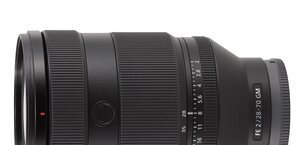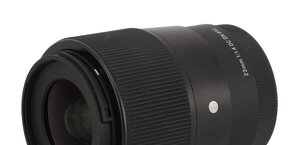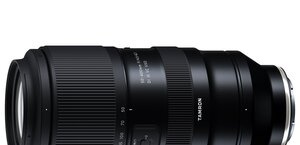Nikon Nikkor Z 20 mm f/1.8 S
8. Vignetting
| Nikon Z7, APS-C/DX, f/1.8 | Nikon Z7, APS-C/DX, f/2.0 |

|

|
There are some chances to notice vignetting but only in area close to the maximum relative aperture. By f/1.8 that aberration reaches a moderate level of 29% (−0.99 EV). On stopping down the aperture to f/2.0 it decreases to 24% (−0.80 EV), and by f/2.8 it becomes almost imperceptible, dropping to a value of 14% (−0.43 EV).
Please Support UsIf you enjoy our reviews and articles, and you want us to continue our work please, support our website by donating through PayPal. The funds are going to be used for paying our editorial team, renting servers, and equipping our testing studio; only that way we will be able to continue providing you interesting content for free. |
- - - - - - - - - - - - - - - - - - - - - - - - - - - - - - - - - - - - - - - - - - - - - - - -
After passing to a bigger full frame sensor there are far more problems – let's glance at photos below to assess the situation in more detail.
| Nikon Z7, FF, f/1.8 | Nikon Z7, FF, f/2.0 |

|

|
| Nikon Z7, FF, f/2.8 | Nikon Z7, FF, f/4.0 |

|

|
At the maximum relative aperture you have to deal with brightness loss in frame corners of as much as 57% (−2.47 EV). Here the tested lens fares a tad weaker than its reflex camera equivalent which vignetting level amounted to 49%.
When you stop the aperture down to f/2.0 vignetting decreases to a still high level of 53% (−2.17 EV). It remains quite noticeable also by f/2.8 where we got a result of 36% (−1.31 EV). A level closer to moderate values you can achieve only by f/4.0, where that aberration amounts to 30% (−0.82 EV). What's interesting, further stopping down doesn't have a measureable influence on the aberration, described in this chapter.
| Nikon Z7, JPEG, f/1.8 |
 |







